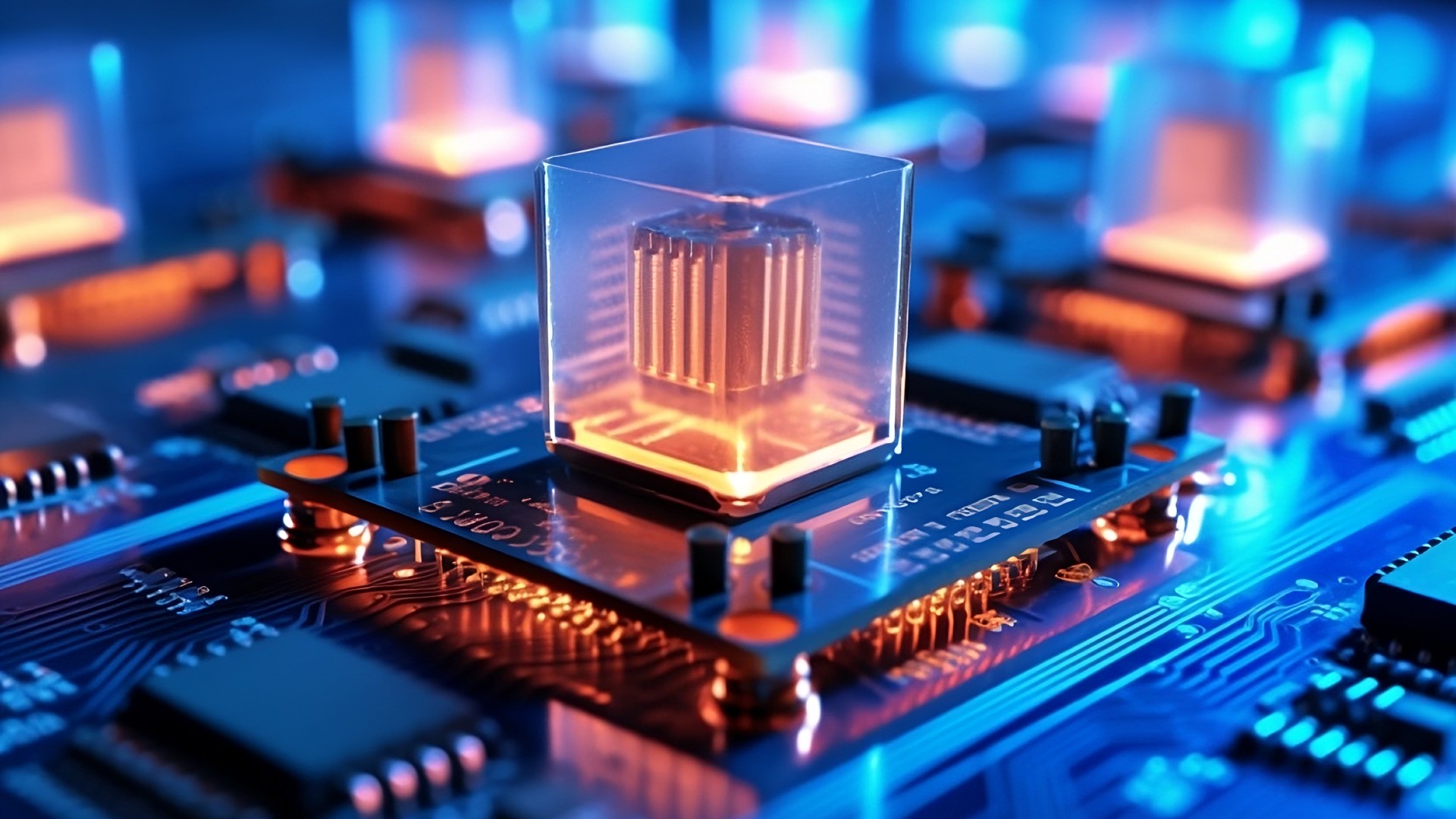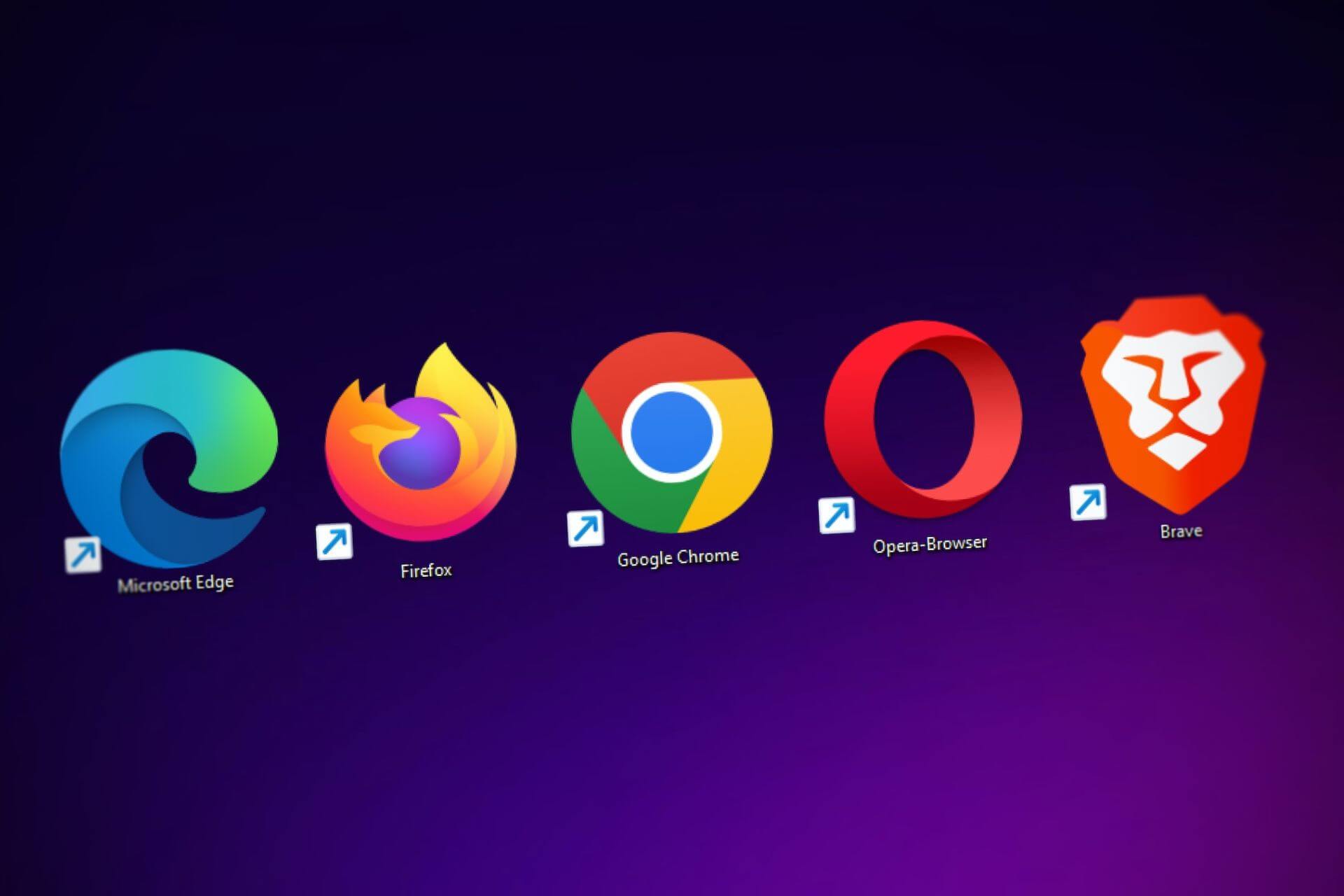
Guide to Microprocessors and Microcontrollers
February 17, 2023 - Lou Farrell
Revolutionized is reader-supported. When you buy through links on our site, we may earn an affiliate commision. Learn more here.
Microprocessors and microcontrollers are at the heart of the technology that powers the modern world. Without these little circuit boards and computer chips, we wouldn’t have laptops, phones, or countless other devices.
What’s the difference between microprocessors and microcontrollers, though? How can you learn more about how these vital electronic components work? This guide covers all the basics you need to know about microprocessors and microcontrollers, plus the most popular ones today and how to get started with DIY electronics.
What are Microprocessors and Microcontrollers?
Microprocessors and microcontrollers are often referred to interchangeably. They are actually two different pieces of technology, though. Both are used in small-scale computing, but with some distinct differences.
Microprocessors vs Microcontrollers
Today, microcontrollers can be found in all kinds of electronics we use every day. Stand-alone microcontrollers are also commonly used in DIY electronics. These small circuit boards are like miniature computers.
They consist of a self-contained integrated circuit with all the elements needed to run computations on a single board. In addition to a processor, microcontrollers also generally have a memory chip and input/output (I/O) peripherals like input pins or an output display. Microcontrollers are commonly used in all sorts of consumer electronics, such as cars, laptops, and appliances. They can also be used in hobby electronics to build things like homemade robots or custom IoT devices.
In contrast, microprocessors are only a central processing unit (or CPU). These chips need to be plugged into a circuit board or motherboard of some kind to be used. Microcontrollers have a CPU built-in, which can be a microprocessor. Every computer, tablet, and phone we use today has some kind of CPU microprocessor in it.
Popular Microprocessors and Microcontrollers
Microcontrollers and microprocessors can both be found in virtually every electronic device today, from cars to smart home devices to game consoles. These devices can also be used in all kinds of DIY projects that are great for learning about electronics. For instance, anyone who wants to build a custom gaming PC will need to choose a microprocessor CPU to run it.
There are thousands of different microprocessors and microcontrollers on the market today. Here’s a look at a few of the most popular ones.
Arduino Uno
The Arduino Uno is by far the most popular hobbyist microcontroller in the world today. This little microcontroller is perfect for all kinds of DIY electronics projects, especially for beginners. Interestingly, the Arduino Uno and Arduino’s coding software are open source technology, so anyone can duplicate, tweak, and upgrade it.
This has led to a large market of microcontrollers similar to the Arduino Uno but with their own unique features. The original Arduino Uno is still a fantastic microcontroller, though, and a great place to start for anyone interested in learning about microcontrollers and electronics.
Projects using the Arduino Uno generally consist of sensors that are plugged into the board’s input pins. Input data from the sensors tells the microcontroller to do some action and the board sends instructions to the output pins. Instructions for responding to input are programmed in Arduino’s programming software, which uses the C++ language.
For example, an Arduino line-following robot uses a sensor to track a line marked on the ground, which tells the Arduino board which way to move the wheels.
Raspberry Pi
In addition to the Arduino Uno, the Raspberry Pi is one of the most popular DIY electronics boards on the market today. While it often gets compared to the Arduino Uno, the Raspberry Pi is actually completely different. The Raspberry Pi is like a much more powerful version of the Arduino Uno. It contains a microprocessor as well as graphics and USB capabilities.
In fact, the Raspberry Pi on its own can function as a computer and even runs the Linux operating system. People have even replaced their desktop computers with the Raspberry Pi 400 kit. The Raspberry Pi can do many of the same things the Arduino Uno can do, but it is a more complex system with more advanced capabilities.
For example, one DIY tech enthusiast used a Raspberry Pi to build an AI-powered air quality monitoring system. An Arduino Uno doesn’t have the processing capabilities to run an AI neural network like this. It could, however, run a pre-programmed robot that changes direction using a distance sensor.
AMD and Intel CPU Microprocessors
Among the most popular microprocessors in the world today are the AMD and Intel CPUs that run millions of laptops, PCs, and other devices. PC gaming enthusiasts will be familiar with these two brands already. AMD and Intel’s CPUs dominate the PC market. Both brands make great microprocessors, though each has its pros and cons.
Anyone interested in learning how computers work could benefit from building their own custom PC, though this can be a pricey starter project. The importance of microprocessors shows in the impact of the CPU on a custom PC build, though.
The CPU you choose will determine all the other parts that are compatible with the computer, from motherboard to graphics card. Today’s AMD and Intel CPUs are among the most powerful consumer microprocessors developed yet.
Getting Started with Microcontrollers
Microprocessors and microcontrollers are in virtually every piece of technology we use today (including the device you are using to read this article!). It makes sense to learn more about how this technology works and it can be really fun, too. If you’re not familiar with DIY electronics or tinkering already, rest assured that getting started is fairly easy.
Microcontrollers are generally the best place to start for beginners. The Arduino Uno is extremely popular among people who are new to DIY electronics. It is easy to use and there is a huge community of other Arduino enthusiasts around online who can help out with projects and offer project ideas. In fact, many electronics stores even offer Arduino starter kits with everything you need to make various projects.
There are all kinds of great beginner Arduino projects you can use to learn how the Arduino works and how to code it. There are also plenty of helpful books on Arduino that you can use as a learning guide and reference source.
For those looking for something a bit more challenging, the Raspberry Pi can be a great place to start. Like the Arduino, the Raspberry Pi has a large and enthusiastic community that has designed lots of great starter projects as well as advanced projects. The Raspberry Pi is more for computing-based projects whereas the Arduino is for more for physical projects. So, consider what kind of DIY electronics you’d like to work with before choosing one or the other.
The Exciting World of DIY Electronics
Microprocessors and microcontrollers are a core part of all the technology that surrounds us today. Without these electronic components, we wouldn’t have laptops, game consoles, smart appliances, or countless other devices.
Microprocessors and microcontrollers are at the heart of the DIY electronics world today, which offers a great opportunity for anyone to learn how these devices work. Diving into microelectronics and tinkering is an exciting way to have fun while discovering the science behind today’s technology.
Revolutionized is reader-supported. When you buy through links on our site, we may earn an affiliate commision. Learn more here.




